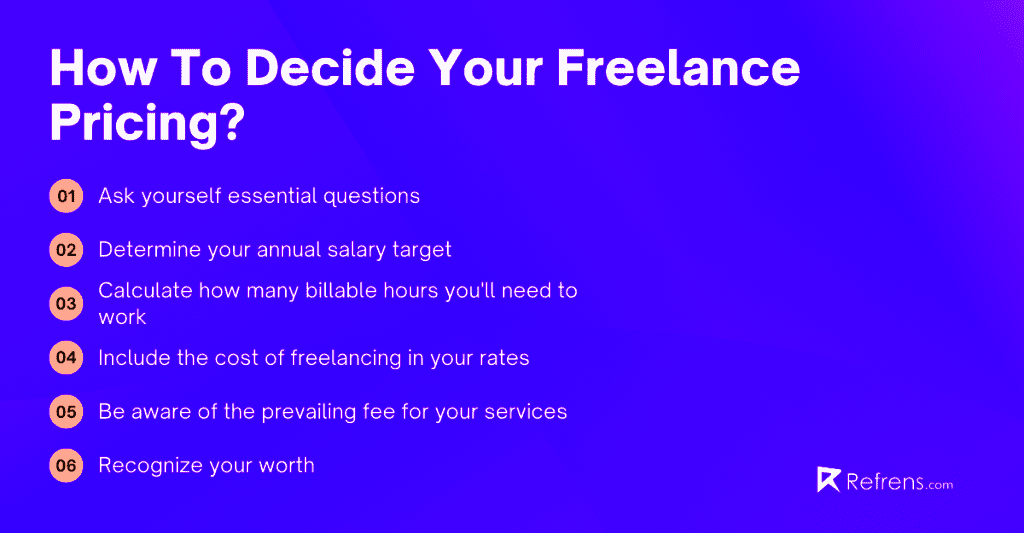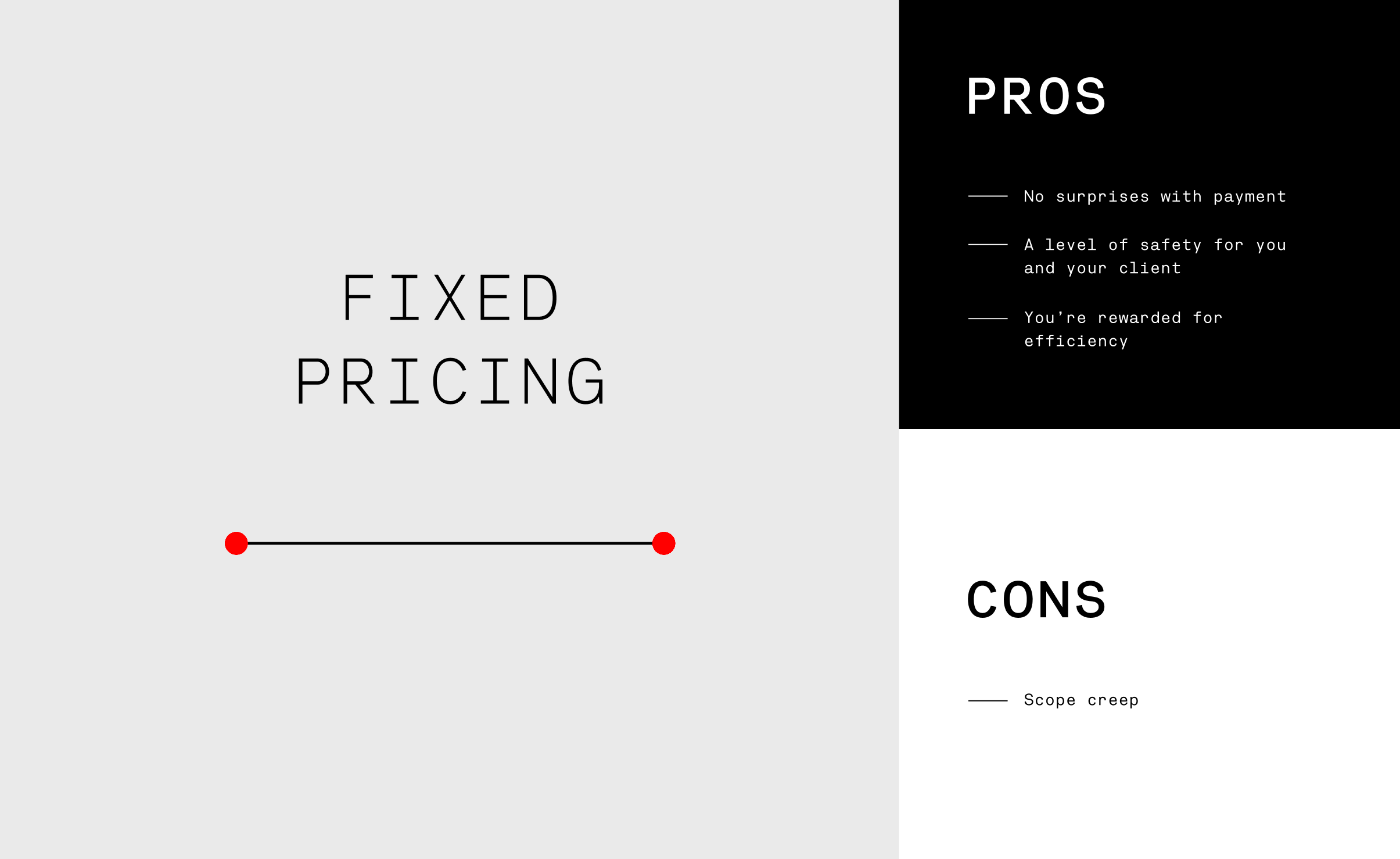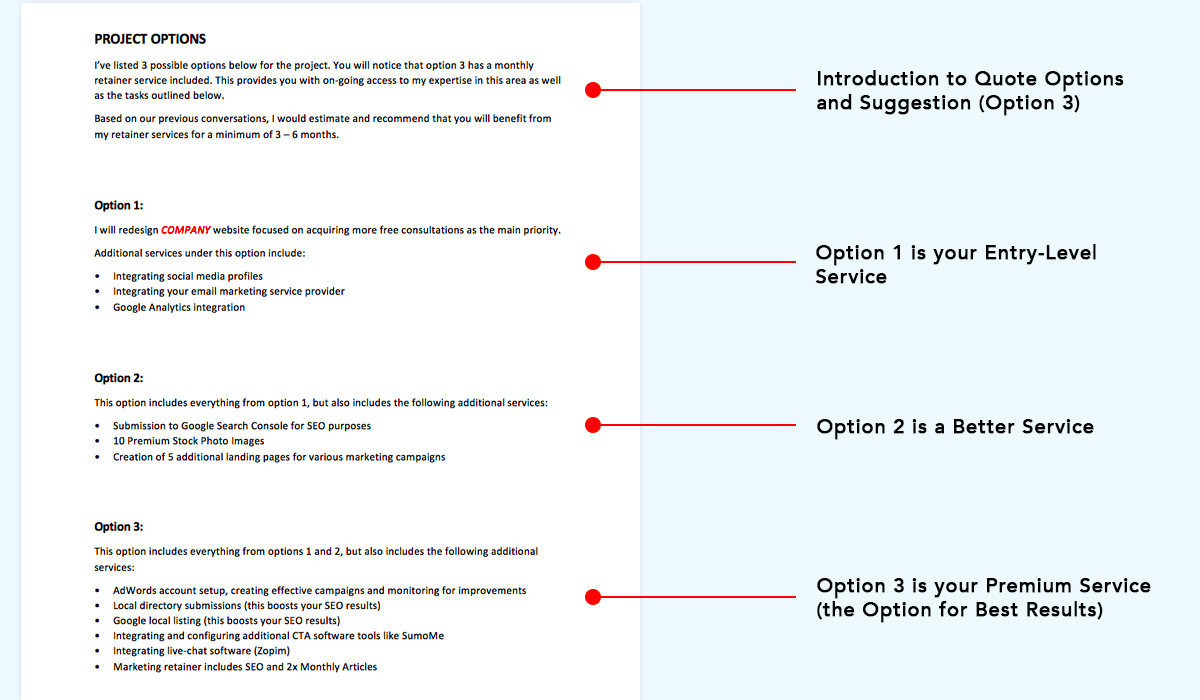Determining the cost for design work can be quite challenging, especially if you're just starting out in freelancing. It's a mix of creativity, analysis and a touch of intuition. I recall my initial projects when I found it tough to decide on my fees. I often ended up quoting lower rates due to my uncertainty about my worth. With time I discovered that finding the price requires considering different elements that influence a projects overall cost.
Freelance designers usually set their prices based on either an hourly rate or a fee for the entire project. Both approaches come with advantages and disadvantages. Hourly rates allow for adaptability but may result in unexpected results for both the designer and the client. Conversely project based fees offer a defined scope and budget, but they necessitate meticulous preparation and effective communication.
Take these steps into account to gain a clearer understanding of your pricing strategy.
- Assess the project’s complexity and your experience.
- Research industry standards and competitor pricing.
- Factor in your time, effort, and any additional expenses.
By grasping these factors you can establish prices that not only align with the value you offer but also cater to client expectations.
Factors Influencing Design Project Rates

When determining rates for design projects there are various considerations to keep in mind. Based on my experiences I've come to realize that these considerations go beyond mere figures; they encompass narratives about your skills, dedication and the requirements of the client.
Here are some key factors to consider:
- Experience and Skill Level: The more experienced you are, the more you can charge. Your portfolio should reflect the quality and range of your work, which influences your pricing.
- Project Complexity: Complex projects that require intricate design work or advanced skills naturally command higher fees. A logo design will cost differently compared to a full brand identity.
- Client Budget: Understanding the client’s budget is crucial. Sometimes, you may need to adjust your rates or offer different pricing packages to fit their financial constraints.
- Market Rates: Research what other designers with similar skills and experience are charging. This can help you stay competitive without undervaluing your work.
By considering these aspects alongside your own pricing approach you can establish rates that not only showcase your value but also ensure client satisfaction.
Also Read This: How to Verify Your Fiverr Account: A Step-by-Step Guide
Setting Your Own Freelance Design Rates

As a freelancer figuring out your rates is a blend of creativity and analytical thinking. When I embarked on my freelancing journey I found it challenging to pin down the right pricing. With time I learned that establishing a rate that aligns with my requirements and meets my clients expectations involves a combination of introspection and studying the market trends.
Here are some tips to help you set your rates effectively.
- Evaluate Your Skills and Experience: Reflect on your expertise and how it translates into value for your clients. Are you offering specialized skills that justify a higher rate?
- Consider Your Costs: Factor in your business expenses, such as software subscriptions, equipment, and even time spent on administrative tasks. Your rates should cover these costs while ensuring a profit.
- Define Your Pricing Structure: Decide whether you want to charge hourly, per project, or through a retainer model. Each has its benefits, so choose what aligns with your workflow and client needs.
- Communicate Clearly: When discussing rates with clients, be transparent about what’s included. Clear communication can prevent misunderstandings and ensure both parties are on the same page.
Keep in mind that establishing your rates isn't a chore but rather a continuous journey. With time and as you expand your portfolio feel free to tweak your rates to match your progress and the worth you bring to the table.
Also Read This: Why Does Fiverr Need Your SSN?
How to Communicate Pricing with Clients
When it comes to discussing prices with clients it can be a balancing act. Through my experiences as a freelancer I've realized that being transparent and straightforward in your communication is crucial for nurturing a positive relationship and ensuring both sides are content. How you convey your pricing can influence the atmosphere of your project and shape your professional rapport.
Here are a few suggestions to convey your pricing in a clear manner.
- Be Transparent: Always provide a detailed breakdown of your pricing. This includes the cost of the project, any additional fees, and what is included in your price. Transparency builds trust and avoids misunderstandings.
- Explain Your Value: Don’t just list numbers; explain why your pricing is what it is. Share insights about the process, the time invested, and the quality of work. This helps clients understand the value they are getting.
- Provide Options: Offer different pricing packages if possible. This gives clients choices and allows them to select a package that fits their budget and needs. For example, you might offer a basic, standard, and premium package.
- Use Clear Language: Avoid jargon or technical terms that clients might not understand. Simple, straightforward language ensures that everyone is on the same page.
- Set Expectations: Discuss payment terms, deadlines, and any other expectations up front. This can help prevent issues down the line and ensure a smooth workflow.
By implementing these strategies you can enhance the experience for your clients and minimize the chances of conflicts arising over pricing matters.
Also Read This: What to Sell on Fiverr: A 2018 Guide
Common Pricing Models for Design Projects
Grasping the different pricing structures for design projects is crucial for establishing a thriving freelance venture. Throughout my journey I have tried out various approaches and discovered that each comes with its own benefits and hurdles. Selecting the model that suits your workflow and client requirements is what matters most.
Here’s a brief overview of pricing strategies.
- Hourly Rate: Charging by the hour is straightforward and flexible. It’s great for projects where the scope isn’t clearly defined. However, it can lead to unpredictable costs for clients and might not reflect the full value of your work.
- Fixed Project Fee: This model involves setting a flat fee for the entire project. It’s ideal for projects with a well-defined scope. It provides clients with a clear budget and can often be more profitable for you if you complete the project efficiently.
- Retainer: A retainer model involves clients paying a regular fee (e.g., monthly) for a set amount of work or availability. It’s beneficial for ongoing projects and provides steady income, but it requires good client management to ensure consistent work.
- Value-Based Pricing: This model involves pricing based on the value your work brings to the client, rather than the time or effort involved. It can be lucrative, especially if your work significantly impacts the client's business.
The choice of a pricing strategy can be influenced by the type of projects you undertake and how you engage with your clients. Trying out various approaches can assist you in discovering the one that suits you best.
Also Read This: How to Recover a Disabled Fiverr Account
Handling Revisions and Additional Requests
It's normal to have revisions and extra requests during the design process but managing them can be challenging. In my experience dealing with these requests necessitates setting boundaries and communicating well to prevent project scope creep and make sure both you and your client are aligned.
Here’s a guide on how to navigate changes and extra requests seamlessly.
- Set Clear Guidelines: Define how many revisions are included in your initial price. Make this clear in your contract or proposal. For instance, you might include two rounds of revisions and charge extra for additional changes.
- Communicate Costs: If a client requests changes beyond what’s included, communicate the additional costs clearly. Provide a detailed estimate for these extra revisions so that the client knows what to expect.
- Document Everything: Keep detailed records of all revisions and additional requests. This helps in tracking changes and provides a reference in case of disputes or misunderstandings.
- Stay Flexible: While it’s important to set boundaries, being flexible and accommodating can help build a positive client relationship. Balance is key—be willing to work with clients while ensuring that your business interests are protected.
- Regular Updates: Keep clients informed about the status of their requests and revisions. Regular updates can prevent surprises and ensure that the project stays on track.
Dealing with changes and extra requests in a way can keep things running smoothly and foster a good rapport with clients. The key lies in establishing expectations and handling the process with professionalism.
Also Read This: What to Do If Your Fiverr Seller Doesn’t Deliver
Creating a Pricing Guide or Package
Putting together a pricing guide or package for your freelance design services might feel overwhelming at first. However it’s a resource that can make your business more efficient and help clients grasp what they are getting. When I was starting out I didn’t have an organized pricing guide and it caused misunderstandings and varying quotes. Creating a pricing guide changed the way I communicated with clients and made the quoting process smoother.
Here’s a step by step process to develop a pricing guide or package that works well.
- Define Your Services: List all the design services you offer. This might include logo design, branding, web design, or print materials. Be specific about what each service entails.
- Set Clear Pricing Tiers: Create different pricing tiers or packages. For example, you could offer a basic package for simple projects, a standard package with additional features, and a premium package with comprehensive services. This helps clients choose the option that best fits their needs and budget.
- Include Detailed Descriptions: Provide clear descriptions of what each package includes. This should cover deliverables, the number of revisions, and any other relevant details. This clarity helps set expectations and avoid misunderstandings.
- Highlight Your Unique Selling Points: Make sure to showcase what sets you apart from other designers. Whether it’s your unique style, fast turnaround time, or exceptional customer service, emphasize these aspects in your guide.
- Regular Updates: Periodically review and update your pricing guide to reflect changes in your skills, market rates, or service offerings. Keeping your guide current ensures that it remains relevant and competitive.
Also Read This: Pricing for Freelance Photography Services
Negotiating Prices with Clients
Haggling over prices with clients can be quite a challenge but it's an essential ability for freelancers. I remember a moment when I hesitated to negotiate and ended up charging less for my work. Through that experience I discovered that negotiating doesn't have to be awkward; it's all about reaching a compromise that benefits both you and your client.
Here are some tips for negotiating prices effectively.
- Know Your Worth: Before entering negotiations, be clear about your value and what you bring to the table. Confidence in your skills and services helps you stand firm during discussions.
- Understand the Client’s Budget: Ask about the client’s budget early in the conversation. This information helps you tailor your proposal to fit their financial constraints while still delivering value.
- Be Flexible but Firm: Be willing to adjust your pricing to meet the client’s needs, but avoid compromising on your minimum acceptable rate. Offering alternatives, such as scaled-down packages or payment plans, can be a way to reach a compromise.
- Communicate the Value: Emphasize the benefits and outcomes of your work. Show how your design will solve the client’s problems or contribute to their goals, justifying the cost.
- Put It in Writing: Once you’ve reached an agreement, put the terms in writing. This can be in the form of a contract or formal proposal. It ensures that both parties are clear on the agreed-upon terms and helps prevent disputes.
Negotiation involves finding a middle ground between your requirements and the clients expectations. When you enter negotiations with clarity and transparent communication, you can establish win win agreements that pave the way for project success.
Also Read This: How to Send Buyer Request on Fiverr: A Comprehensive Guide in Sinhala
FAQ
Q: How do I determine the right price for my design services?
To determine a price, begin by evaluating your abilities, background and the intricacy of the task at hand. Look into benchmarks and what competitors charge to get an idea of what is reasonable. Consider your expenses and the profit margin you aim for. By combining these factors you can arrive, at a fair rate.
Q: What should I include in a pricing guide?
A. Your pricing guide needs to feature a breakdown of services offered, thorough explanations of each package’s contents, different pricing levels and any potential extra charges. It’s important to be transparent about what’s included to prevent any confusion.
Q: How can I handle clients who want to negotiate the price down?
When dealing with situations like these it’s important to stay adaptable and self assured. Take the time to comprehend the clients financial constraints and explore the possibility of presenting various options or payment arrangements. Make sure to articulate the worth of your services and stand your ground regarding your minimum acceptable fee.
Q: How do I manage revisions and additional requests?
Make sure to specify how many rounds of changes are part of your initial quote and let the client know about any extra charges for additional revisions or requests. Its important to keep thorough documentation of this and have a conversation about these terms with the client before kicking off the project.
Conclusion
Navigating the landscape of freelance design pricing can be tricky, but with the strategies and tools at your disposal you can streamline the process and make it more efficient. Whether it's grasping the nuances of pricing communicating effectively with clients or managing revisions each step is vital for the success of your freelance venture. In my early days I often questioned my pricing and faced challenges during client negotiations. However through refining my pricing guide setting expectations and adopting negotiation techniques I was able to establish a more sustainable and thriving freelance career. It's important to remember that pricing goes beyond mere figures; it's about recognizing the value of your work and ensuring both you and your clients are satisfied with the arrangement. As you gain experience continue to evolve and adapt your approach to pricing and you'll find that running your freelance business becomes more instinctive and fulfilling.




